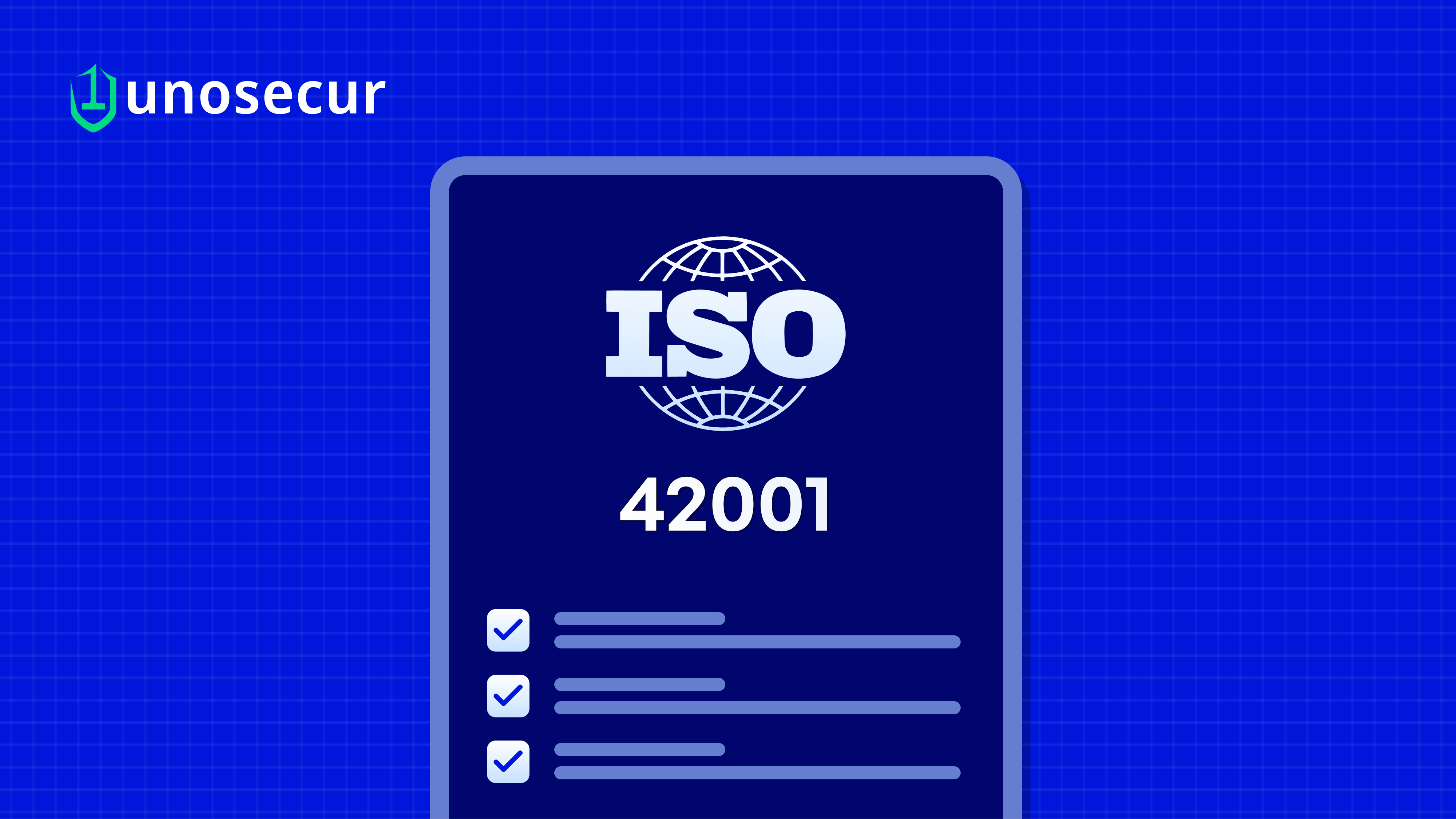Allianz Life data breach: How to prevent vendor cloud-CRM attacks
%20(1).png)
The Allianz Life data breach is all over the news. The official disclosure, filed with the Maine Attorney General's office, states that the Allianz Life breach occurred on July 16, 2025, and that the company discovered it within a day.
The Allianz Life data breach exposed personal data for most of its 1.4 million U.S. customers, as well as some financial professionals and select employees.
The data breach illustrates broader risks faced by financial institutions and other BFSI sector enterprises that depend on third-party SaaS providers for storing and managing sensitive data. Here’s a recap of the incident and the ways to counter such risks.
Allianz Life data breach: What exactly happened?
- Breach scope and impact: The data breach exposed the personal data of most of Allianz’s 1.4 million U.S. customers, as well as some financial professionals and select employees. The compromised information likely included names, contact details, Social Security numbers, dates of birth, mailing and email addresses, phone numbers, policy and contract numbers, and possibly other sensitive data.
- Method of attack: Attackers used sophisticated social engineering tactics to access a third-party, cloud-based Customer Relationship Management (CRM) platform that Allianz Life relied on. The threat actor posed as trusted personnel to deceive individuals at the vendor, bypassing technological defenses.
- Containment and response: The breach was discovered within a day (on July 17, 2025). Allianz quickly began containment, notified the FBI, and isolated the affected system. There is consensus that Allianz’s internal systems, including policy administration networks, were not breached. The attack was limited to the vendor environment.
- Geographic limitation: The incident is confined to Allianz Life’s North American operations. Allianz SE operations outside the U.S. remain unaffected.
- Notifications and support: Allianz began notifying affected individuals and regulatory authorities as of August 1, 2025, and is offering 24 months of free credit monitoring and identity-theft protection to victims starting from that date.
What are the industry implications of the Allianz Life data breach?
As per the reposts we studied, Allianz’s segmentation appears to have limited the blast radius to a vendor environment, and its response was comparatively swift. However, the breach highlights lingering exposure from third-party access, social-engineering risks at vendors, and potential erosion of customer trust.
The Allianz Life data breach highlights a growing threat: social engineering attacks against vendors, the importance of supply chain security, and the critical need for strict controls on third-party access and data minimization.
As enterprises accelerate digital transformation, cloud-based Customer Relationship Management (CRM) platforms have become the backbone for managing customer data and workflows.
But reliance on third-party vendors exposes organizations to a spectrum of risks, especially as breaches and sophisticated social engineering attacks surge. Here’s how to recognize the weak points in vendor-driven cloud CRM setups and tighten your defensive posture.
How do we prevent situations like the Allianz Life data breach?
To prevent situations like the Allianz Life data breach, we need to have a clear idea of the risks involved and the methods to tackle them while maintaining the operational independence of the third-party vendor.
Third-party risks in a cloud-CRM setup
- Standing vendor access and identity sprawl: External vendors often retain persistent, broad privileges, sometimes using shared or local accounts with inconsistent multi-factor authentication (MFA).
- OAuth and app scope creep: “Trusted” integrations can accrue excessive permissions over time (like bulk data read/export), increasing exposure should any integration be compromised or abused.
- Overprivileged Non-Human Identities (NHIs): Static API keys and service accounts tend to be long-lived and far too powerful, often lacking regular rotation or narrow scoping.
- Silent data egress: Legitimate interfaces, such as API reads or exports, can move vast data volumes under the radar of perimeter-based security tools. Bulk exports often look routine, making malicious exfiltration hard to spot.
- Weak helpdesk or escalation procedures: Phone- or email-based resets, ad hoc privilege bumps, and inadequate verification processes make it easier for attackers to socially engineer their way into higher-level access.
- Monitoring and response gaps: Tenant boundaries complicate monitoring. Vendors may be slow to revoke credentials or detect abnormal behavior, and external accounts may not conform to in-house behavioral baselines.
- Contract and SLA blind spots: Due diligence and controls tend to be annual and checklist-driven and rarely extend continuous obligations to vendors’ sub-processors. As a result, you may lack clarity on contractual recourse or monitoring scope post-incident.
How to integrate identity security in vendor-focused controls
Vendor Identities and access
- Enforce Single Sign-On (SSO) and phishing-resistant MFA. Forbid use of shared or local vendor accounts.
- Tag and isolate vendor identities. Use separate tenants, directories, or partitions.
- Replace standing privileges with just-in-time (JIT) elevation that's ticket-bound, auto-expiring, and thoroughly logged.
- Minimize permissions: design roles for attribute-based access, not broad, persistent entitlements.
OAuth and app governance
- Pre-approve integrations through an admin-consent workflow. Deny high-risk scopes unless business-justified.
- Monitor scope drift and token usage: look for unused apps, new permissions, or suspicious grants.
- Maintain a universal kill switch to rapidly revoke consents and rotate application secrets.
NHIs, API keys, and service accounts
- Inventory all NHIs across your environment and flag stale or over-privileged accounts.
- Prefer workload identity federation and short-lived tokens; enforce KMS-backed secret management.
- Auto-rotate secrets, quarantine unused accounts, and keep NHIs per-vendor and tightly scoped.
API posture and data egress
- Route vendor API calls through brokering service roles with signed requests and schema-based allow-lists.
- Deploy identity-layer DLP: tag PII, require explicit approval for bulk exports.
- Apply egress budgets. Implement rate limits and anomaly detection for unusual volumes, times, or destinations.
Detection and response
- Baseline behavior for vendor users/NHIs. Issue alerts on off-hours exports, privilege escalations, or mass key events.
- Use automated playbooks: disable vendor accounts, revoke tokens, capture forensic evidence, and launch IR workflow.
Support and elevation hardening
- Forbid phone- or email-only resets. Mandate step-up, out-of-band cryptographic verification for any privilege changes.
- Use session-recorded bastions, enforce least-privilege elevation, and tie elevation to verified change tickets.
Contracts, SLAs, and evidence
- Map requirements to frameworks (e.g., ISO 27001, SOC 2), demand live technical evidence (not annual paperwork) for key controls.
- Embed breach notification, token/secret revocation, and export-block SLAs in vendor agreements. Extend to sub-processors and test regularly.
Explore our other blogs
Don’t let hidden identities cost you millions
Discover and lock down human & NHI risks at scale—powered by AI, zero breaches.



